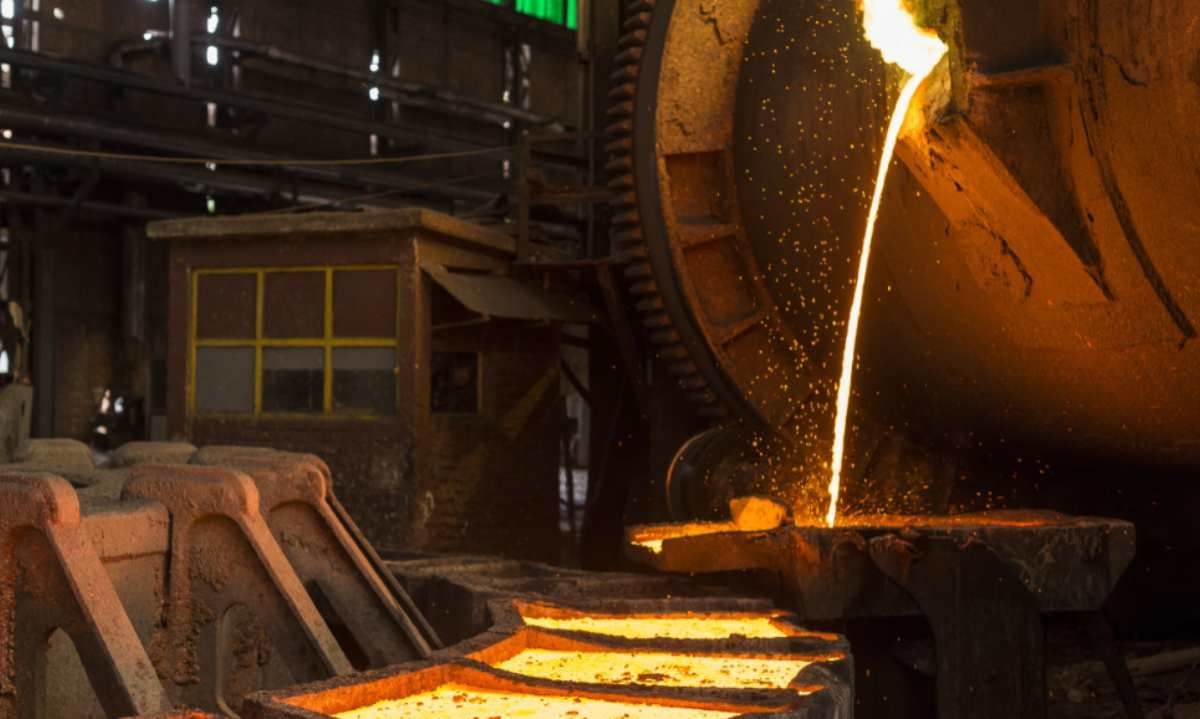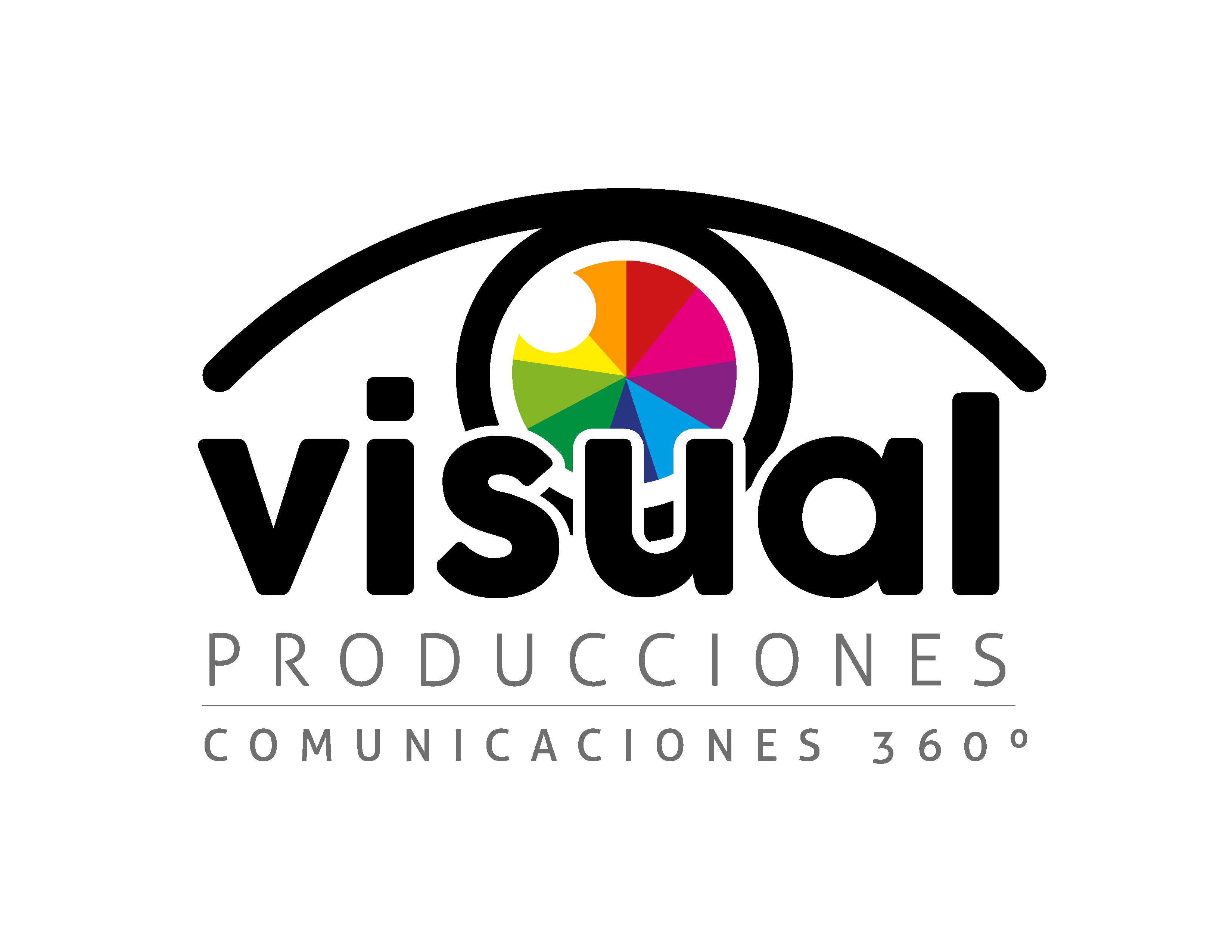
Copper concentrate treatment and refining charges (TC/RCs) paid by mining companies to smelters are expected to stay depressed throughout 2025 amid reduced supply, according to commodity analysis firm Fastmarkets.
In a new report released this week, Fastmarkets analyst Andrew Cole is forecasting an annual average spot TC of US$10.70 per tonne for 2025, approaching US$20 per tonne on a monthly average basis by the year’s end.
TC/RCs have already been in a freefall since last year due to the expansions of smelters and a shortage of concentrates. In April of 2024, Fastmarkets’ weekly copper concentrate TC/RC index tracking the midpoint between smelter and trader buying levels fell into negative territory for the first time.
This trend, according to industry experts, is expected to continue in 2025.
A Reuters poll of industry sources had shown forecasts that were much lower than the 2024 benchmark of US$80 per tonne. In fact, the last time the annual benchmark fell below US$50 per tonne was 2010, according to CRU data.
Chile’s state-run copper commission Cochilco previously stated that it projects supply to tighten by 3.4% this year, which would drive TC/RCs further down.
Volume adjustments
Copper smelters typically book most of their copper concentrate feed under annual contracts with their suppliers at a fixed rate.
In response to tumbling annual TC/RCs, copper smelters are expected to use a more diversified and flexible way in signing annual contracts for this year’s supplies, according to Fastmarkets.
“Some smelters are looking for ‘less’ volumes [of copper concentrates] at a fixed number for their 2025’s annual contracts, while others are asking for ‘more’ annual volumes priced against the spot index, and total supplies under long-term contracts are largely stable [from 2024’s],” one supplier source told Fastmarkets.
“Some traders quoted their offers of TC/RCs for 2025’s supplies at low US$10’s [per tonne], which is not a level we can accept. It seems we’re at something of an impasse and are now discussing with one supplier about linking some supplies to the spot index, rather than a fixed number,” a buyer source said.
Intermediate materials
Amid persistent supply tightness, Chinese copper smelters have been encouraged to use more intermediate products, including blister copper and anodes, and copper scrap for their copper production, Fastmarkets also said.
These copper smelters increased the use of copper scrap and intermediate products during June-August following abundant supplies and decent prices of these materials, sources told Fastmarkets.
However, doubt remains among market participants over production support for copper smelters in 2025 due to market uncertainties over supply increases of copper scrap and intermediate products, they added.
“The [Chinese] government has encouraged more use of secondary materials, but it’s not that easy. Taking copper scrap for example, its supply is very sensitive to copper prices, with supplies growing when copper prices rise and falling and even disappearing when copper prices are not good,” said a copper scrap trader based in Ningbo, just south of Shanghai.
Also, any potential policy change could also impact market sentiment, with fears of tariff hikes between China and the U.S. already keeping Chinese importers away from U.S.-origin scrap imports, sources said.
Byproducts improve
Faced with fierce competition in raw material markets and a gloomy demand for refined copper, smelters of the red metal will become more sensitive and vulnerable to the profitability of byproducts, Fastmarkets said. These include sulphuric acid and recovered metals such as gold, silver and minor metals.
Sulphuric acid is a main income source for copper smelters. Strong prices for the acid during much of 2024 helped provide some breathing room for Chinese copper smelters while spot copper concentrate TC/RCs collapsed.
However, the report said it remains unclear whether the sulphuric acid market will remain a supporter in 2025.




